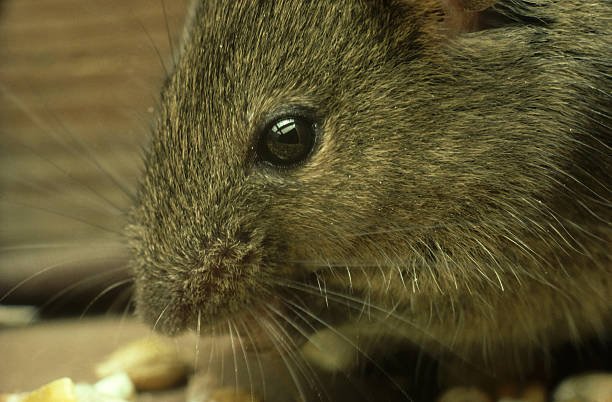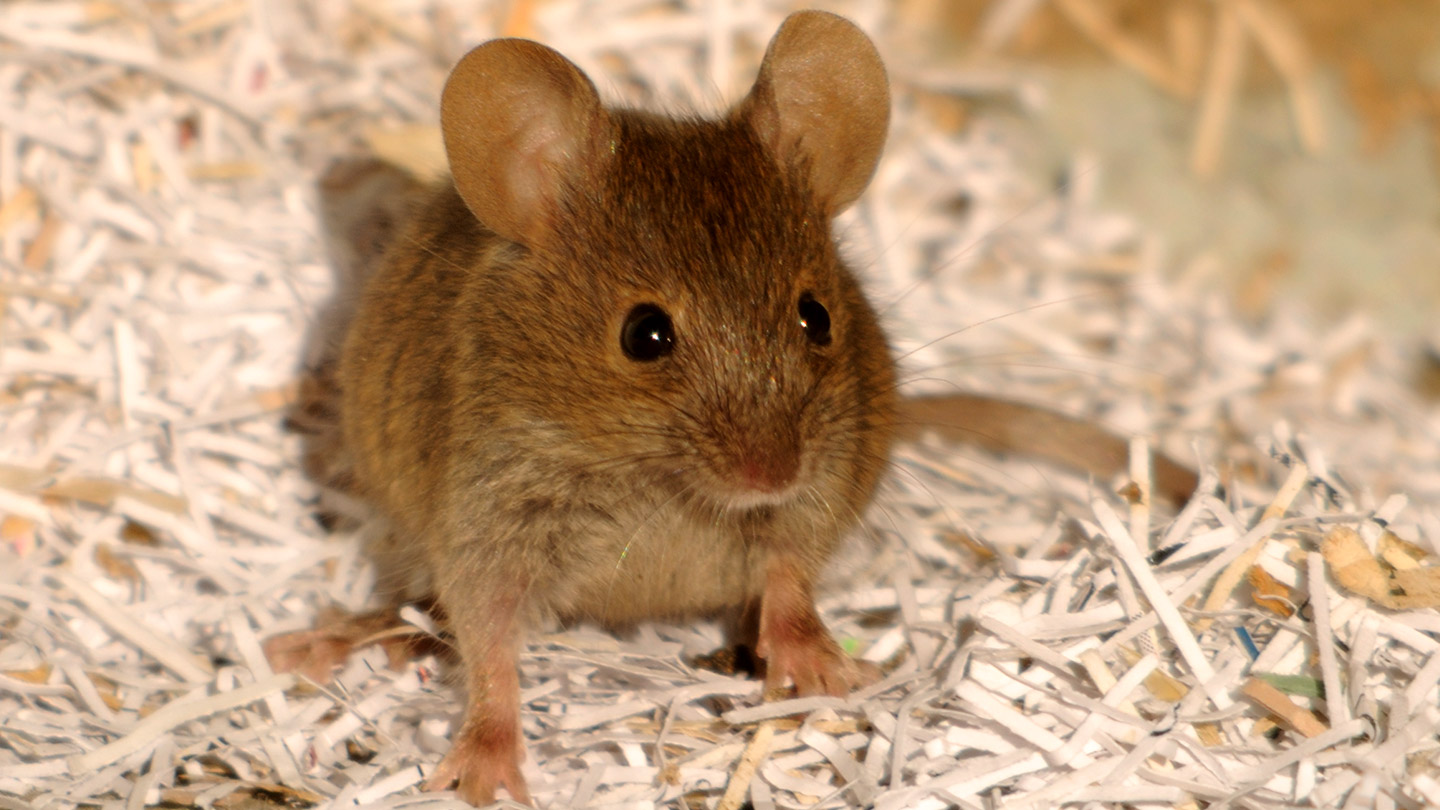Table Of Content

House mice also pose their own threat to the humans they share a space with. While they’re unlikely to transmit hantavirus pulmonary syndrome, they can bring bugs such as fleas and lice into homes. House mice can also carry salmonella and other bacteria that can not only be detrimental to humans’ health but can also be damaging to a home’s insulation or drywall. During its life cycle, a house mouse will have 7 or 8 litters, each giving between 4 and 16 babies. They won't hesitate to invade your home to get an easy access to food and shelter. Field mice reproduce quickly; they can have from 2 to 4 litters per year, with 4 to 6 babies each time.
House mice are excellent jumpers, whereas deer mice are better climbers.
If you put house mice dropping and field mouse droppings side-by-side, it’s quite easy to spot the rounded shape of the house mice and the pointed ends of the field mice. As explained earlier, it’s more common to spot house mice in urban areas and field mice out in the fields. However, both mice have more subtle and specific differences in terms of where they like to live. Field mice are known for their complex social hierarchies, with dominant individuals often asserting their authority over subordinates. They form small family groups, with a dominant male and female leading the pack.
Pest Control Services

Brie Is also the founder of The Editing Academy, which empowers aspiring professionals with the necessary skills to become proofreaders and copy editors. Our newsletter contains tips and advice on how to rid yourself of weeds, insects and rodents. Joe is very professional and willing to accommodate me in regards to being flexible with my availability in scheduling routine visits. However, the best thing to do when mice invade is to call James River to inspect the yard and house. Then they can recommend a plan to remove the mice from your Virginia Home. These mice are prey to cats, dogs, bears, wolves, snakes, owls and rabbits.
Brown rats and house mice eavesdrop on each other's volatile sex pheromone components Scientific Reports - Nature.com
Brown rats and house mice eavesdrop on each other's volatile sex pheromone components Scientific Reports.
Posted: Mon, 19 Oct 2020 07:00:00 GMT [source]
Gestation period and litter size
Field mice have distinct food preferences that set them apart from house mice. One important factor that influences the food choices of field mice is moisture. These mice are attracted to food sources that have higher moisture content, such as fruits, vegetables, and grains. They have a preference for fresh produce and will often seek out gardens, orchards, and agricultural fields where they can find these types of food. The moisture in these foods provides field mice with hydration as well as nutrition.
Both types of mice are capable of causing damage to crops and stored food, but their specific feeding preferences and behaviors differ significantly. Field mice and house mice may look similar at first glance, but they have distinct behavioral differences. Field mice are more active and agile, often seen running and climbing.
The Virginia Department of Wildlife Resources does not accept responsibility for any missing data, inaccuracies, or other errors which may exist. In accordance with the terms of service for this product, you agree to this disclaimer. Keeping mice out of your home is an ongoing process, not a one-time treatment. Orkin’s exclusive A.I.M. solution is a continuing cycle of three critical steps — Assess, Implement and Monitor.
Importance of studying the similarities and differences
Fur color and texture is one of the most noticeable differences between house mice and field mice. House mice typically have a light brown or grayish-brown fur color, while field mice have a darker brown or reddish-brown fur color. Additionally, house mice have a smoother and shinier fur texture, while field mice have a rougher and coarser fur texture. These differences in fur color and texture are adaptations that help each species blend in with their respective environments.
Salmonellosis is a bacterial infection that causes symptoms such as diarrhea, fever, and abdominal cramps. Leptospirosis is a bacterial infection that can cause flu-like symptoms and can lead to more severe complications if left untreated. It is important to take precautions to prevent contact with mice and to properly clean and disinfect areas where mice have been present to reduce the risk of disease transmission. The tail length and shape is a key characteristic that can help differentiate between field mice and house mice. Field mice typically have longer tails compared to house mice.
So, we think you will find the comparison table below quite handy in identifying both the house mouse and the field mouse. Some people are having trouble making a difference between mice and baby rats, so you might find this related article useful. This is important to note because it means that using certain types of bait traps may be problematic if you are dealing with deer mice. The reason why all of the terminology is so confusing is because house mice can also live in fields. So there are two common types of mice that can both live in fields and both live inside our homes.
They thrive in grassy areas with plenty of vegetation for cover and food sources such as seeds, nuts, and insects. On the other hand, house mice are well adapted to living in human dwellings. They prefer indoor environments such as homes, buildings, and warehouses where they can find shelter, warmth, and a constant supply of food. While field mice are more likely to be found in rural and natural settings, house mice are opportunistic and can be found in both urban and rural areas.
While they typically measure around 5 to 7 inches in length, their tails account for about 3 to 4 inches of their size. Overall, there are several differences between field and house mice in key areas like diet, habitat, behavior, size, and appearance. As the names suggest, house mice are more commonly found around homes and urban areas, while field mice tend to live out in rural locations.

No comments:
Post a Comment